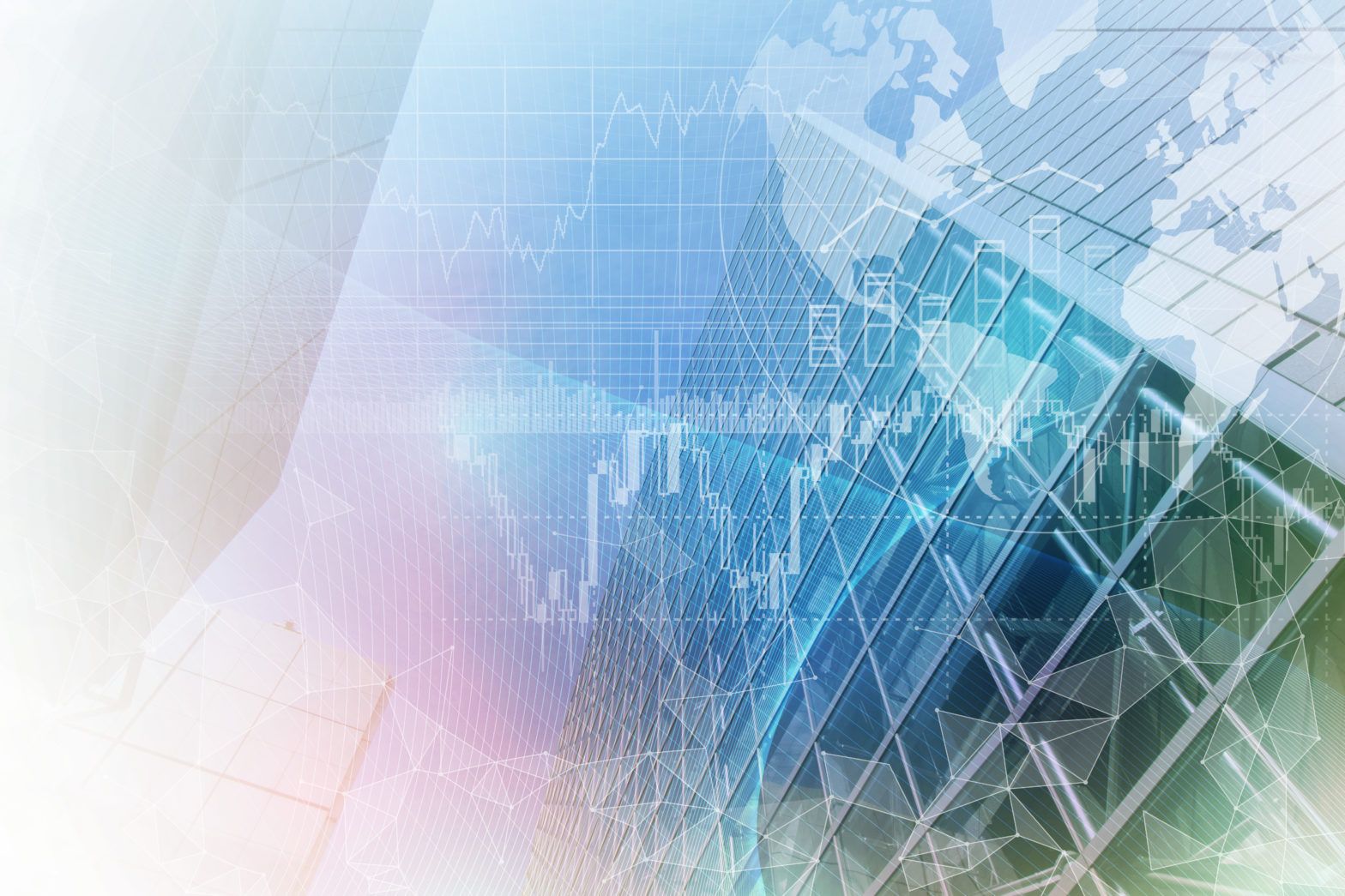Exchange-traded funds (ETFs) have made headlines during the first few months of this year as the UK’s Investment Association (IA) announced the first chairman of its ETF committee and Lyxor launched the cheapest ETF in Europe.
According to chairman Adam Laird, who is also head of strategy for northern Europe at Lyxor ETF, the incorporation of ETFs into the IA is recognition that the sector now represents a key part of the investing landscape.
“I’m looking forward to using the committee to drive ETF understanding and promote their use,” Laird told sister publication Portfolio Adviser upon news of his appointment.
Weeks later Lyxor announced the launch of two ETFs – the Lyxor Core Morningstar UK NT (DR) Ucits and Lyxor Core Morningstar US Equity (DR) Ucits – which carry a total expense ratio of 0.04%. The nearest rival ETFs charge 0.07% for the same products.
Picking a strategy
According to Laird, these prices bring Europe in line with US products, but is choosing an ETF all about cost?
AJ Bell Investments active portfolios head Ryan Hughes – who helps with fund selection for the firm’s passive model portfolio service – says there was a time when the assessment of passive strategies was a relatively simple task: just identify the cheapest tracker on the market and use it.
“This rather unscientific approach looks well off the mark in today’s environment, where there is a wide range of tracking strategies available from many more providers. It makes the assessment of these strategies all the more important,” he says.
So what factors does Hughes look at when picking ETFs?
He says: “There are a number of key considerations when we are assessing passive strategies, combining both quantitative and qualitative assessment to try and identify the very best managers.
“At the simplest level, this includes ensuring we are tracking the most appropriate index, which sounds obvious but there are a number of subtleties in how similar sounding indices are constructed.
“For example, MSCI and FTSE both offer emerging market indices yet classify South Korea differently. The FTSE regards the region to be developed and therefore does not include it in the index. This is an extreme example but illustrates the point that not all indices are the same.
“Another thing we look at is the replication method. We have a preference for strategies backed by physical replication rather than synthetic but it is important to understand how the strategy is implemented.
“It is vitally important to understand and assess the impact of transaction costs. In some cases it may be better to invest in a strategy with a higher ongoing charge but lower transaction costs, rather than simply buying the cheapest headline strategy, as this saving may be wiped out by higher transaction costs.
“Therefore, it is worth looking at strategy on a ‘total cost of ownership’ basis rather than the simple headline cost.
“We also constantly assess the market liquidity, which is key to ensuring we are able to trade ETFs in a cost-effective manner.
This typically points us towards larger providers and strategies as we have to be confident the market will be able to support our trade size when we come to transact.
“While this may sound obvious, there are certainly instances when less liquid ETFs cannot be sold at the price you want or in the size that you need.
“The passive market has evolved significantly and gone are the days of just buying the cheapest strategy. The research, selection and monitoring of passives is now far more rigorous and, as a result, higher-quality products are now being produced, which can only be to the benefit of investors.”
ETF evolution
Peter Sleep, senior investment manager at Seven Investment management (7IM), likens ETFs to singer Barry Manilow. “That is to say, 10 years on, they have been through a lot but they are basically the same as ever.








